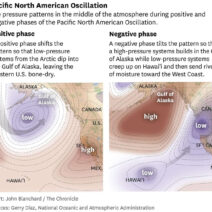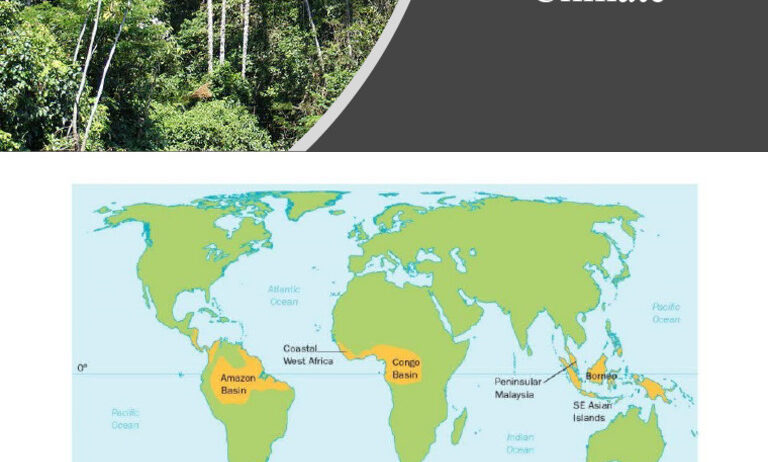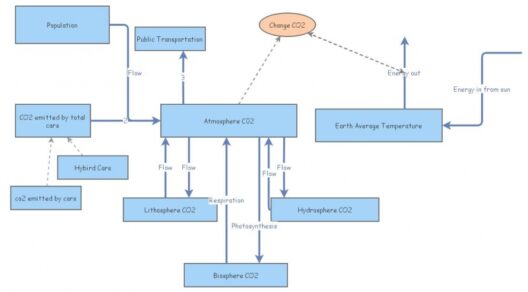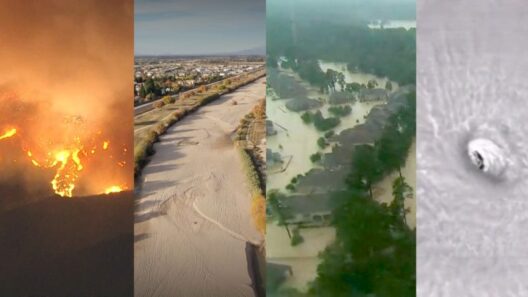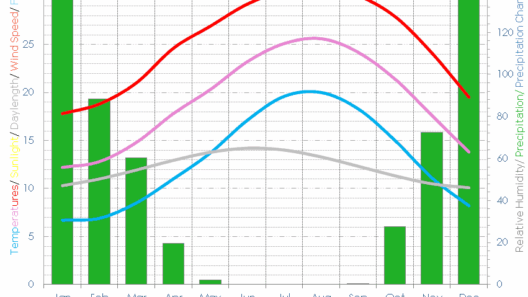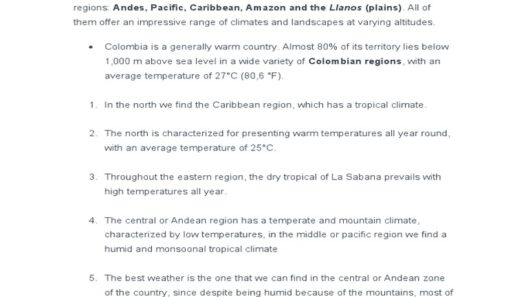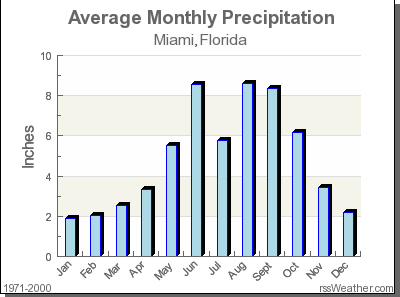Envision a realm where the sun reigns supreme, whetting the appetite of life in all its dazzling forms. This is the climate near the equator—an eternal embrace of warmth interspersed with extraordinary rainfall, a true testament to nature’s whimsical artistry. Located at the midpoint of our planet, the equatorial region serves as the heartbeat of a vibrant tapestry of ecosystems, characterized by lush rainforests and a kaleidoscope of flora and fauna. Understanding this climatic phenomenon offers tangible insights into the interactions between temperature, precipitation, and biodiversity that flourish there.
The equator is defined by a unique paradigm of climatic conditions. Internationally recognized as the dividing line between the Northern and Southern Hemispheres, the equatorial belt runs through countries such as Ecuador, Brazil, and Indonesia, creating an everlasting summer likened to an artist’s palette, splashed with hues of green and the sound symphonies of thriving wildlife. The climate here is classified primarily as tropical, characterized by consistently high temperatures that hover around the 25 to 30 degrees Celsius (77 to 86 degrees Fahrenheit) mark throughout the year. This lack of significant temperature variation differentiates equatorial regions from the temperate zones that experience four distinct seasons.
Humidity plays a pivotal role in the dynamics of equatorial climate. In this realm where temperature and moisture conspire, humidity levels frequently soar above 80 percent. Such a blanket of moisture in the air catalyzes the process of evapotranspiration, where plants release water vapor into the atmosphere, further thickening the humid cloud of the region. This phenomenon generates dramatic visibility—creating misty mornings that ensconce the vibrant landscape like a lover’s embrace. It is here that plants bask and thrive, evolving unique adaptations that enable them to flourish amidst nature’s relentless humidity.
The continuous warmth of this equatorial succinctness, marked by indomitable sunshine, serves as an incitement for precipitation. Rainfall in these regions is not merely a seasonal visitor; it is rather an indispensable rhythm that shapes soil fertility and supports countless organisms. Earth is adorned with the richest deciduous and evergreen forests, flourishing in harmony with the elements’ generosity. Annual rainfall typically ranges from 1750 to 2000 millimeters (68 to 79 inches), often appearing in intense bursts rather than a continuous drizzle. This is where the metaphor of a danced invocation resonates; torrential downpours are the earth’s way of temporarily holding back its most precious resource, only to unleash it later in a flourishing cascade.
Amidst these incessant rains, the atmospheric patterns governing precipitation unveil a compelling narrative. Near the equator, the Intertropical Convergence Zone (ITCZ) emerges as a pivotal player in the climate’s overarching storyline. This shifting band of low pressure attracts winds from both hemispheres, inviting them to spiral and converge. This convergence fosters the uplifting of warm, moist air, which condenses and precipitates in a dramatic flourish, often resulting in thunderstorms that cascade across the landscape. The cycle of condensation and precipitation is an epochal reminder of nature’s interconnected web; a phenomenon that brings forth life while also sculpting the land itself.
This climatic rhythm resonates profoundly within the ecosystems it nurtures. Biodiversity flourishes in this warm tropical embrace, where species have adapted over eons to coexist in complex symbiotic relationships. The biotic assemblages of rainforests teem with a cacophony of life; gripping vines entwine with towering trees, while vibrant birds and exotic mammals dart through the luxuriant foliage. Look closely, and you may discover a chameleon hidden among the leaves, perfectly camouflaged against predators in this verdant realm. In many ways, the climate near the equator is like an artist’s studio; a carefully balanced ecosystem, each element vital to the brilliant masterpiece of life.
As we delve deeper into understanding the equatorial climate, it is crucial to acknowledge its vulnerabilities amidst the encroaching specter of climate change. Increasing temperatures and erratic rainfall patterns pose formidable challenges to these rich ecosystems. Rising global temperatures may ignite a ripple effect, leading to altered weather patterns characterized by either excessive rainfall or debilitating droughts. Such fluctuations disrupt the very fabric of life, echoing across biomes and affecting both plant and animal species’ chances of survival. They are like dissonant notes in a once-harmonious symphony, threatening to upend the elaborate interplay of life that relies on the equatorial predictability of warmth and rain.
Looking ahead, recognizing and protecting these delicate climates is paramount, not just for environmentalistas but for all of humanity. Understanding the equatorial climate empowers us, infusing our consciousness with the urgency needed to combat the tide of climate change. Advocating for sustainable practices, promotion of reforestation, and fostering respect for indigenous communities that guard these ecosystems can cultivate a beneficial paradigm shift. They act as stewards of nature’s artistry, emphasizing the significance of preserving the rich intricacies of the equatorial climate as we navigate through an uncertain climatic future.
In conclusion, the equatorial climate encapsulates an eternal warmth intermingling with the rhythm of rain, nurturing vibrant ecosystems that encapsulate the essence of biodiversity. This phenomenon stands as both a marvel and a clarion call, urging attentive stewardship of an intricate natural world that could easily veer off balance in our rapidly changing climate. It is a reminder that in understanding and appreciating the beauty of life at the equator, we also must commit to preserving this exquisite balance for generations to come.
